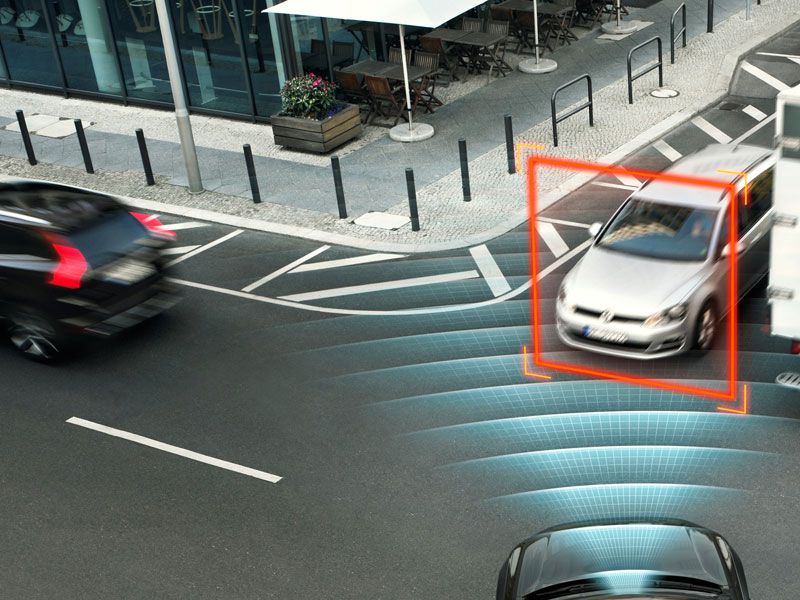Recent Articles
Popular Makes
Body Types
10 Best Tech-Filled Cars
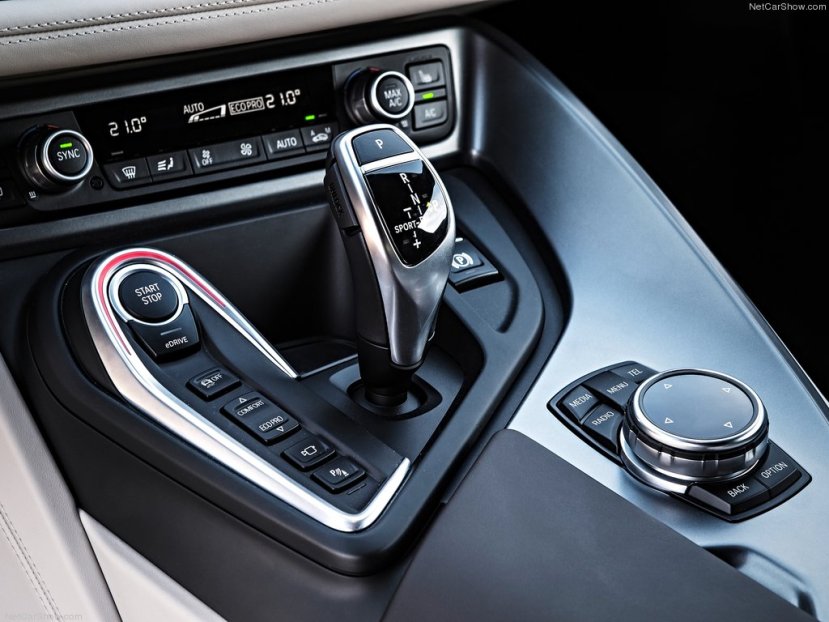
2015 bmw i8 shift knob
Technology in cars is like technology anywhere else. There are many applications. Some automotive tech concentrates on safety, some on convenience, or fuel efficiency, or driving as quickly as possible. There’s often an overlap. For example, traction control systems can help a driver take a fast corner while simultaneously adjusting brake levels and engine power to keep everything on the desired line. The only downside is that the cutting-edge stuff comes in expensive cars first before trickling down to the mainstream. The big picture, though, is that technology from ingenious hardware to well-programmed software is becoming an ever-increasing factor on our roads. Luddites might complain that there’s more to go wrong, but things have progressed to such point where reliability is remarkably dependable. And the time is right for some innovations that were interesting ideas say 20 years ago, like active suspensions, to now work properly because the computing power (and other factors like size, weight and materials) is finally achievable. Enjoy our round-up of the various flavors of automotive tech. It could influence the purchase of your next car.
2016 Audi TT
Audi is one of those marques that’s usually at the forefront of car technology, coming out with interesting stuff like a fingerprint reader for added security, an infotainment system accepting commands from a tablet that recognizes handwriting, and installing those sweet Bang & Olufsen audio systems where the tweeters rise up out of the dashboard. The newest thing is the Virtual Cockpit in the all-new 2016 Audi TT. It’s a high-resolution, 12.3-inch display that takes the place of a conventional instrument cluster. And it’s configurable, so all the essential information like current speed, fuel level, and temperatures are readable, but it’s capable of showing even more according to the driver’s wishes, like navigation and telephone details. This feature will also be in the upcoming new-generation A4, Q7 and R8.
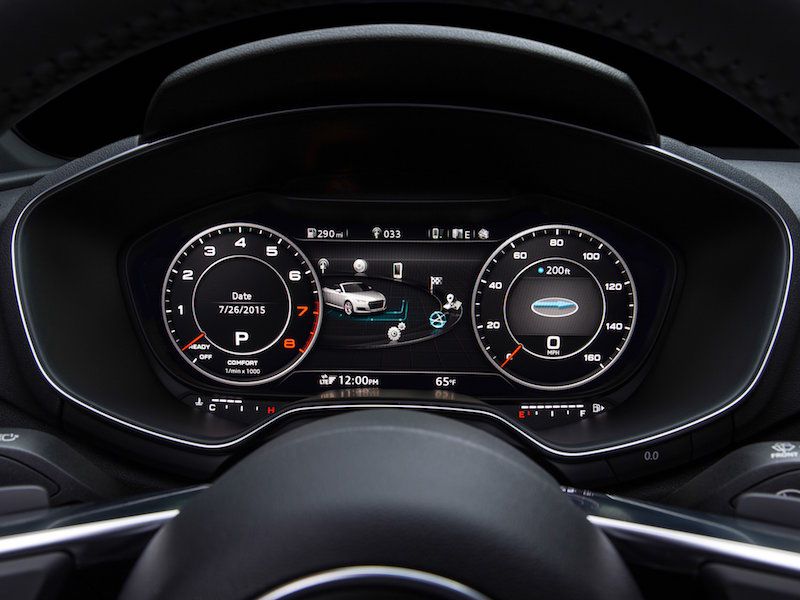
Photo by Audi Media Services
2016 BMW 7 Series
In this newest version of BMW’s flagship, innovative technology starts at the very bones. The frame uses aluminum, high-strength steel and carbon fiber to keep weight down. There are even some steel components where separate sections are cooled at different rates to obtain the ideal molecular structure. The result is a large luxury sedan that feels surprisingly nimble. A sensation that’s amplified with the optional rear-wheel steering. Fleshing out the body are the usual upper-class appointments of massaging seats, high-class audio system and an infotainment system that allows gesture control. Don’t want to take this phone call? Make a swiping movement in front of the center console. To control the radio’s volume, twirl a finger clockwise or counter-clockwise. There’s also the option of a removable tablet to control many functions. Put it back in its place and little retaining clips whirr into action.
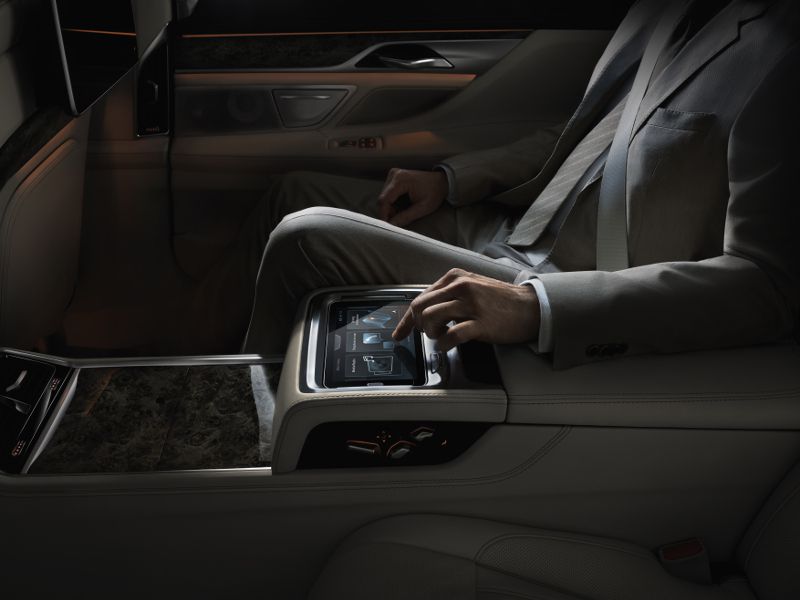
2016 BMW i8
From the excellent Toyota Prius to the second-generation Chevrolet Volt, drivers can buy some pretty cool hybrid technology to make a gallon of gas go further than ever before. Many companies offer hybrid cars and that can only be a good thing. BMW, however, has gone above and beyond. With the i8 and i3, the company has re-invented the car. Both use a radical form of construction: a basic aluminum tub to which various motor mounts and suspension parts are bolted, then a carbon fiber shell on top. In the i8’s case, it’s a stunning design with scissor-style doors. And the drivetrain is a hybrid, featuring a mere 1.5-liter three-cylinder gasoline engine along with an electric motor. Whoever heard of a performance car with only three cylinders and achieving the equivalent of 76 mpg? But because the i8 is so light and the combined output is 357 hp and 420 lb-ft of torque, the driving experience still rocks.
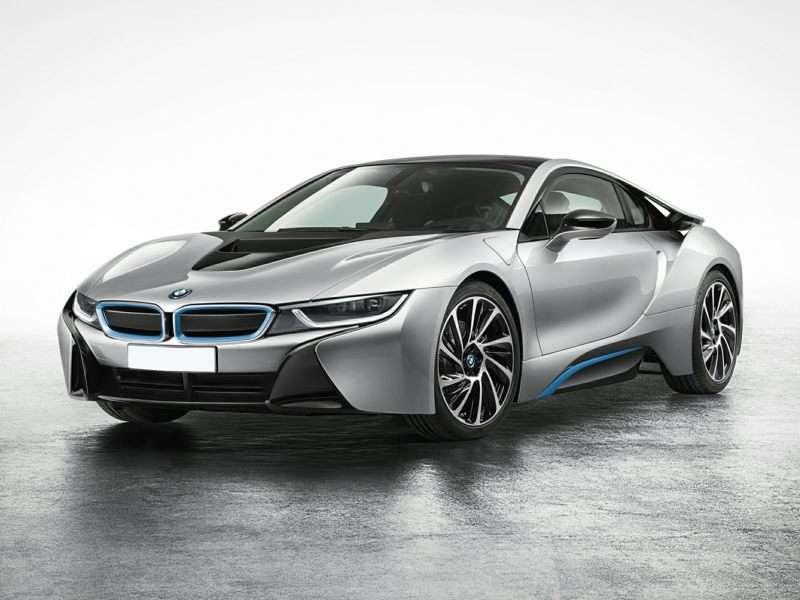
Photo by BMW
2016 Chevrolet Corvette Stingray
If ever there was a symbol of good old-fashioned American sports cars, it’s the ’Vette. But times change and things progress. This seventh generation of Corvette comes with the option of magnetorheological damping. Big word, interesting thing. And it’s been around for a while. The principle behind it is that the shock absorber contains microscopic pieces of metal suspended in a magnetic substance known as a smart fluid. When an electrical charge is applied, the metal particles can alter the liquid’s viscosity and stiffen the suspension’s responses or soften them, plus varying degrees in between. The amount of electricity involved is regulated by computer, which gets its information from sensors. And this is all happening many hundreds of times per second. It means we’re not stuck with one suspension tune just because we have one car. And this isn’t the only vehicle with such a setup. Acura, Audi and Cadillac are among several marques offering this option.
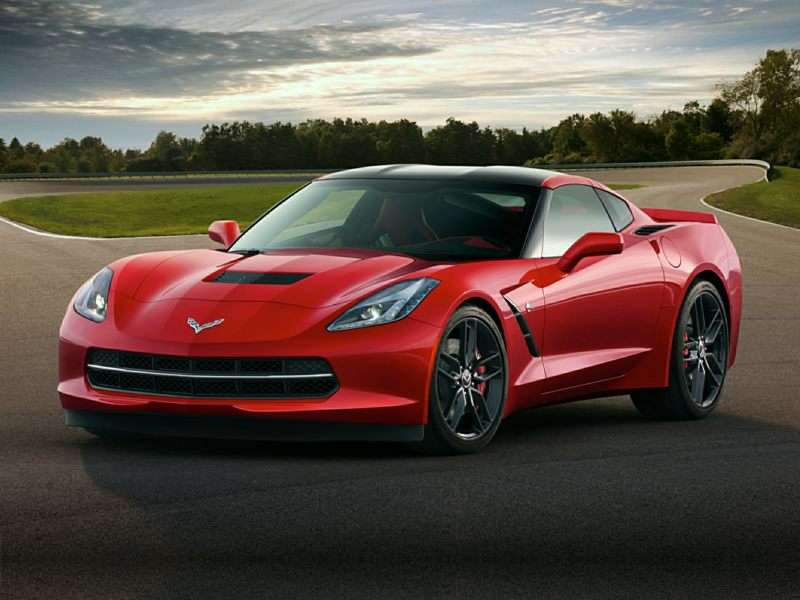
Photo by Chevrolet
2017 Ford Escape
It could be almost any Ford, but the upcoming next-generation Escape is a good example of useful technology in an affordable and popular (compact crossover) package. One particularly interesting feature is Ford MyKey. It’s a programmable key, so if your teen/young adult borrows the car, there can be speed limits set, radio stations blocked, audio volume limited, more seat belt reminders and an earlier “low fuel” warning. Admittedly, this has already been available for a few years, but a) it’s really useful and b) the 2017 Escape (on sale spring 2016) will also feature Apple CarPlay and Android Auto. These aren’t dedicated to foiling bad driving by youngsters. Both features bring their respective smartphone functionalities and apps to a vehicle’s infotainment system. They will be on many makes and models as new vehicles go on sale.
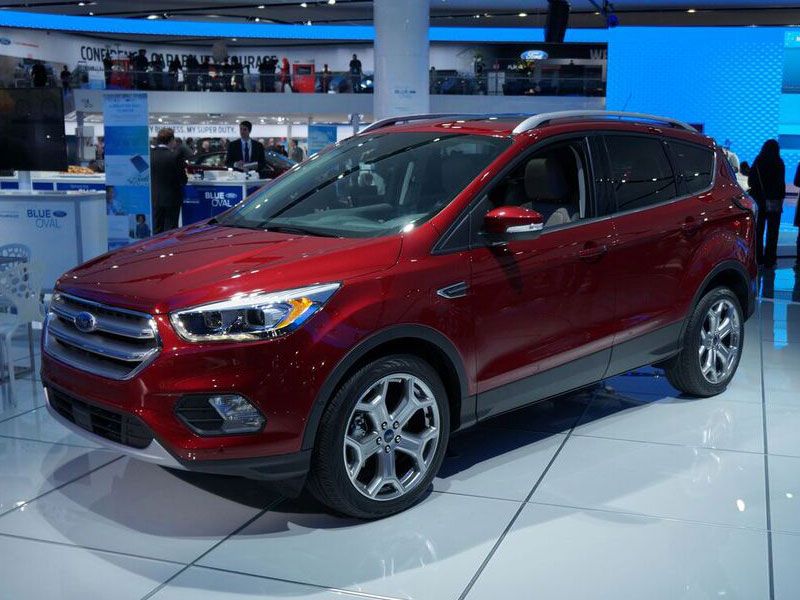
2016 Land Rover Range Rover
The technology here is mainly dedicated to consolidating the Range Rover’s formidable reputation for tackling challenging surfaces with capability and luxury. At the heart is Terrain Response Control, a system that calibrates throttle responses, gearshift points and even braking to deal with mud, rocks, sand, gravel and snow. The newest addition to this is All Terrain Progress, which is basically an off-roading cruise control. The driver does the steering, but feet stay away from the pedals. The SUV’s technology takes care of the rest. Another feature contributing to the Range Rover’s abilities is air suspension. It can raise ride height for greater ground clearance, lower it for better aerodynamics at freeway speeds, and generally keep the occupants comfortable. There’s nothing revolutionary here, but it’s the right technology in the right package for the right reasons.
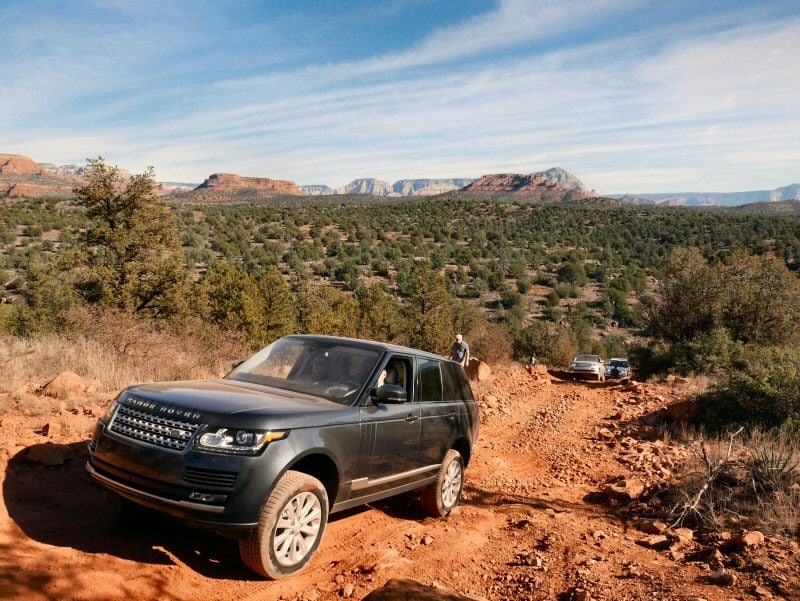
2016 Mercedes-Benz S-Class
The S-Class doesn't have a single bulb. Every source of illumination is derived from light-emitting diodes (LED). And that’s just a by-the-way little fact to illustrate how tech-rich the S-Class is. The car is available with radar, stereoscopic cameras, and infra-red sensors to gather data on what’s happening outside and inside the car. Adaptive cruise control is joined by lane departure assistance. The car will help out with the steering and braking in heavy traffic, it can recognize road signs and pedestrians. It comes with crosswind assist as part of its tradition control array. It will even read the road ahead and adjust the suspension, so that speed humps become virtually non-existent. Basically, most of the elements of an autonomous car are present here. It wouldn’t take much just to wire them all up together. They probably are, but maybe Mercedes-Benz has programmed them to appear as discrete functions. While car companies and regulators work out what to do about self-driving cars, we’ll enjoy the S-Class’s fragranced and ionized air conditioning and “hot stone” massaging seats.
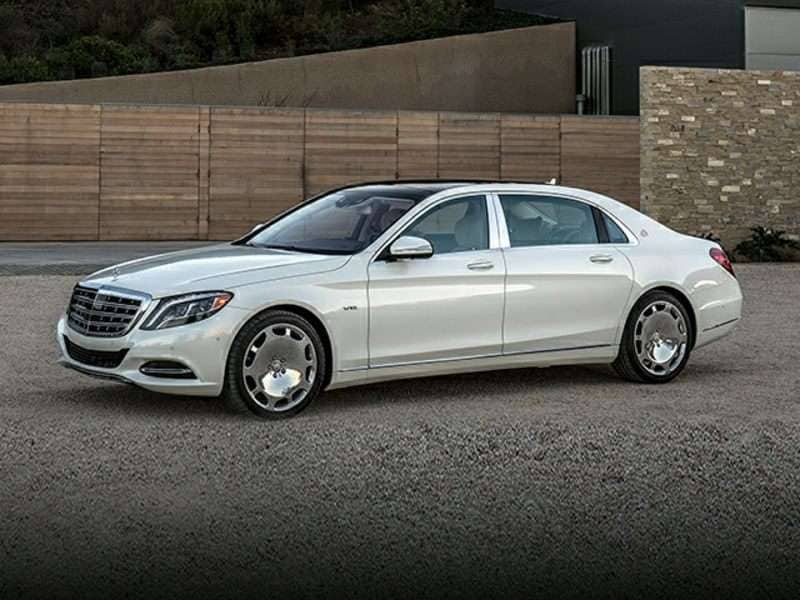
2016 Nissan GT-R
For a car that allows virtually foolproof fast driving, some people complain that the GT-R has too much technology. Computer-controlled dampers and all-wheel drive system, engine micro-management to harmonize turbocharging with fuel injection for incredible acceleration, lap timer, g-force meter… not one for the purists, perhaps. But never has 550 hp been so accessible and so controllable. Every slip of a tire that might be imperceptible to a driver is picked up on by the all-wheel drive system and various functions spark into action, sending torque to other wheels, a dash of judicious braking here and there. Initiate a downshift and the car will automatically match the revs so engine speed synchronizes with road speed. No one would criticize a spaceship for having too much tech; this car feels almost as fast.
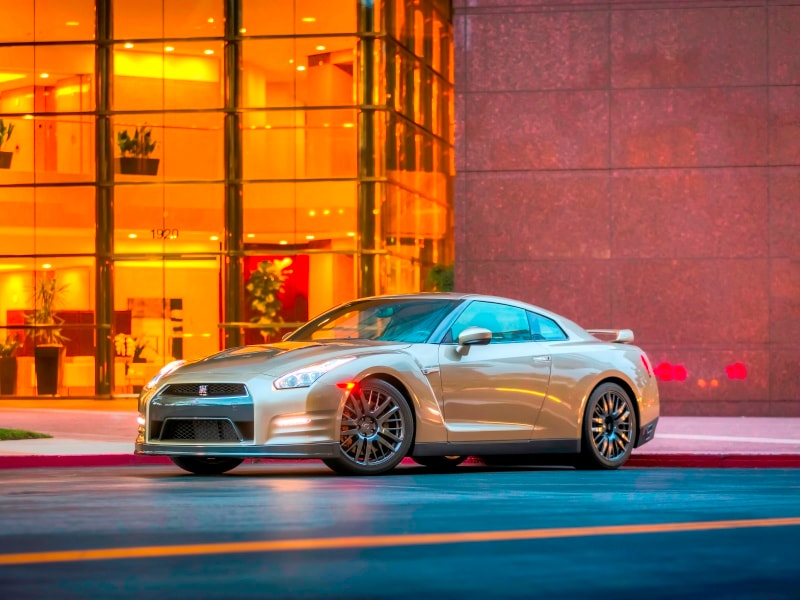
Photo by Nissan USA
2016 Tesla Model S
When new technology becomes available, the first consumers to pick up on it are generally referred to as early adopters. That’s easy when it’s a new smartphone costing a few hundred bucks. When it’s a car starting at $75,000, that’s a whole other level of enthusiastic early adoption. But thank goodness some people have taken the plunge and helped to make the Model S so much more than a nice but short-lived idea. Some car companies have sports machines as their “halo” models. Tesla has SpaceX. So what if a few unmanned rockets have exploded? To tech-heads, the cool thing is the envelope-pushing. The Model S receives upgrades over wi-fi. Its center console is like a huge iPad. And it certainly doesn’t bother with ancient technology like fossil fuels.
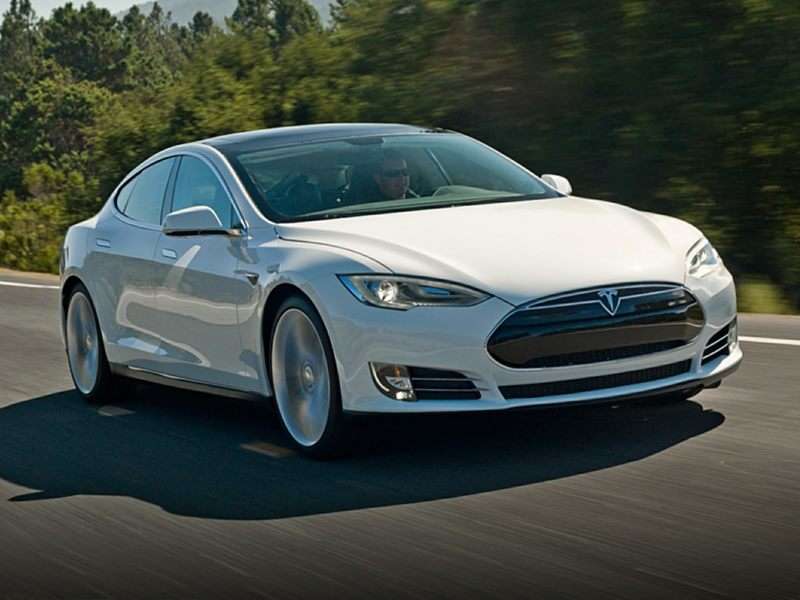
Photo by Tesla
2016 Volvo XC90
Volvo is renowned for its focus on safety. It was the first company to feature three-point seat belts as standard way back in 1959. Since then, virtually every new Volvo has represented some step forward in protective technology. With the new-for-2016 XC90 seven-seater crossover suv, there’s the usual array of active safety features on offer — like forward collision warning with automatic braking and blind spot monitoring with rear cross-traffic alert — but there’s also a function where it will hit the brakes if the driver tries to steer into the path of an oncoming vehicle (at an intersection, for example). It can come with pedestrian and cyclist detection, even shock-absorbing seat cushions and self-tightening seat belts. This is all part of the company’s bigger plan that by 2020 (only four years away) no one in a Volvo will be killed or seriously injured in the event of a collision.
